Otawara City, Tochigi栃木県大田原市
Living in Otawara City, Tochigi
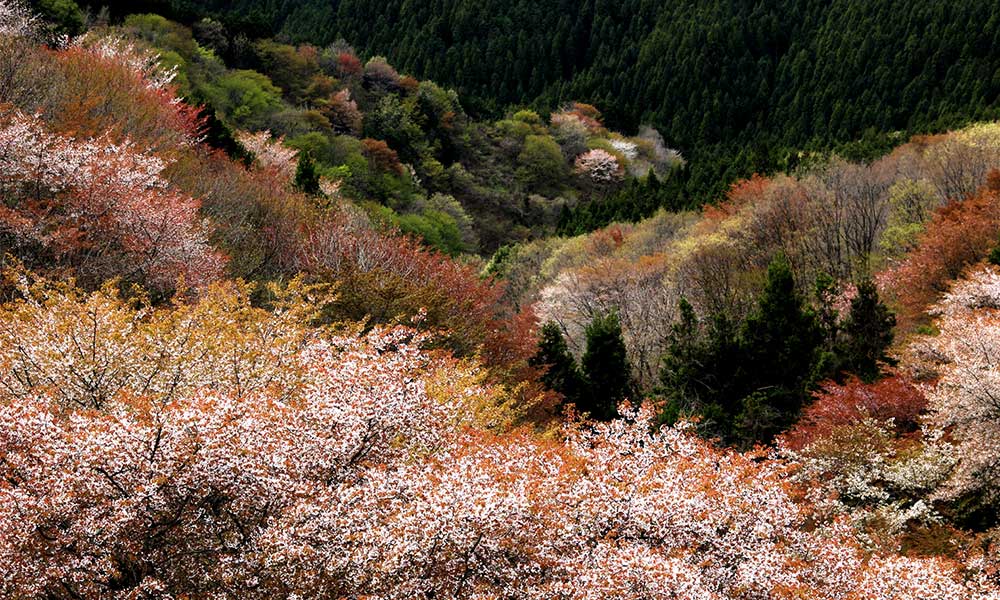
We have Summarized the livability of Otawara City, Tochigi.
NASU AREA那須地域
CONTENTS
- What kind of place is Otawara City?
- Otawara CityPR video
- How is the traffic situation in Otawara City?
- How are the rent and land prices in Otawara City?
- How is childcare and education in Otawara City?
- How about shopping in Otawara City?
- How about jobs and recruitment in Otawara City?
- Otawara City’s unique subsidy/subsidy system
What kind of place is Otawara City, Tochigi?
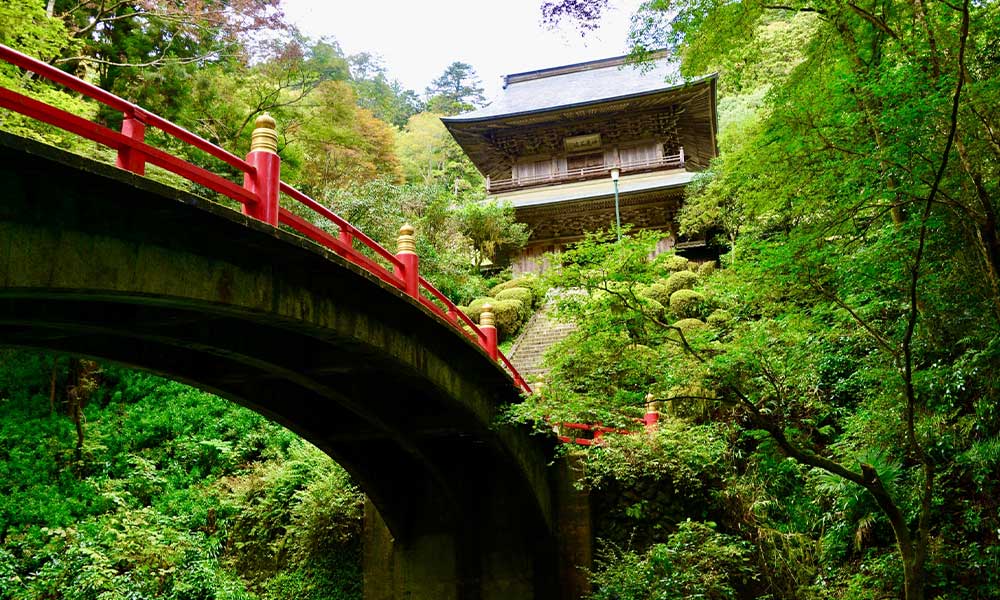
Otawara City is surrounded by nature, with mountains, rivers, historic sites, and hot springs.
Otawara City is located in the northeastern part of Tochigi Prefecture, covering an area of about 354.36 square kilometers.
To the north, it borders Nasushiobara City and Nasu Town; to the east, Daigo Town in Ibaraki Prefecture; to the south, Sakura City and Nakagawa Town; and to the west, Yaita City.
The population is about 70,000, with approximately 30,000 households (as of November 2023).
Otawara City stretches east to west, with the Yamizo Mountains extending along the border with Ibaraki Prefecture in the east, while flatlands spread across the central and western parts.
The climate is characterized by large temperature differences between summer and winter, and between day and night, typical of an inland climate with low precipitation during winter.
Otawara City’s history dates back to the Heian period, when it was the estate of the Nasu clan and developed as a central region of the Nasu area with a castle.
From the Muromachi to Edo periods, Tahara Sukekiyo, a retainer of the Nasu clan, built Otawara Castle, and the town flourished as both a castle town and a post town along the Koshu Highway.
In the Meiji period, Otawara became “Otawara Prefecture” in 1871, and in 1889 it became “Otawara Town.”
In 1954, Otawara Town merged with Kaneda Village and Oyazono Village to form “Otawara City.” Over time, further mergers with neighboring towns and villages led to the current Otawara City.
Today, Otawara City is a vibrant area known for its rich natural environment, including the Nakagawa River running through the city and the satoyama of the Yamizo Mountains. It also boasts many tourist resources, such as hot springs and golf courses, as well as historical and cultural heritage.
One of the city’s most famous attractions is the ‘Tochigi Prefecture Nakagawa Aquarium‘, which is unique for exhibiting only freshwater fish. The aquarium features a wide variety of freshwater species from around the world, including the famous ayu (sweetfish) from Nakagawa, and a 360° tunnel where visitors can view the fish.
The ‘Nasu Yoichi Memorial Hall‘ is a museum dedicated to the legendary archer Nasu Yoichi from the Heian period.
Inside, you can see important cultural assets, such as swords and historical records of the Nasu family. Additionally, the “Fan Target Theater” showcases Nasu Yoichi’s exploits through mechanical puppets and a screen display.
‘Otawara Castle‘ was the residence of the Otawara clan during the Sengoku period and also served as a battleground in the Boshin War. Though the original buildings are no longer standing, parts of the earthen walls and moats remain, and the site is now a park known for its cherry blossoms and azaleas, beloved by the local community.
PR video of Otawara City, Tochigi
Otawara City Promotional Video
Nakagawa Water Park, Tochigi Prefecture
How is the traffic situation in Otawara City?
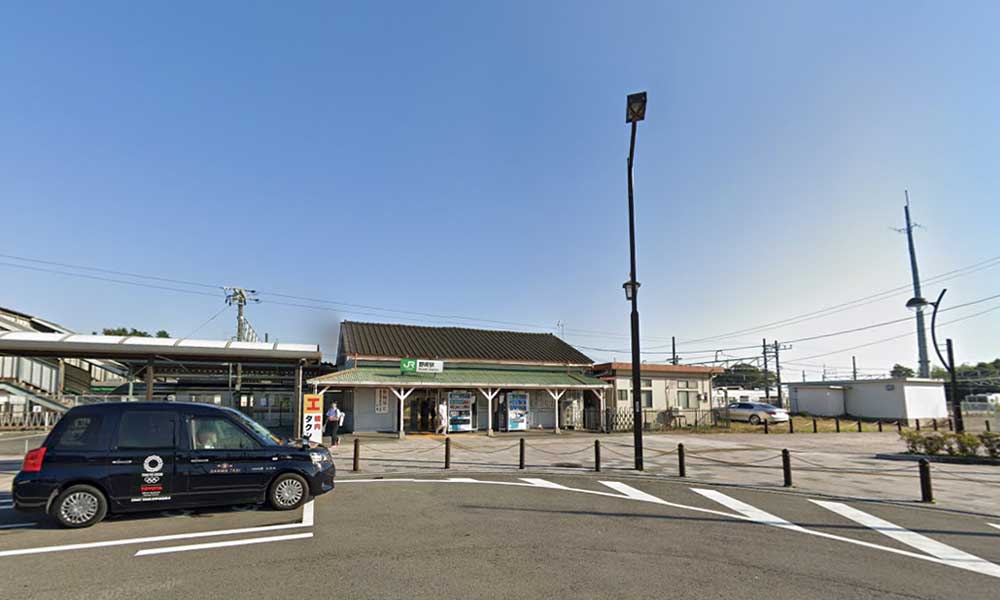
Otawara City is a city with good transportation access and a well-developed railway and road network.
Otawara City has Nozaki Station on the JR Utsunomiya Line (Tohoku Main Line), located in the southeastern part of the city. However, depending on where you live, it may be more convenient to use Nasushiobara Station or Nishi-Nasuno Station in neighboring Nasushiobara City.
The major roads passing through Otawara City include National Route 4 (Oshu Kaido), which runs north to south along the western part of the city, National Route 294, which runs through the center of the city and connects Nakagawa Town to the south with Nasu Town and Shirakawa Town to the north, National Route 461, which crosses the city east to west and connects Ibaraki Prefecture to the east and Yaita City to the west, and National Route 400, which links Nakagawa Town to the south with Nasushiobara Town to the northwest.
Bus routes in Otawara City are operated by Otawara City Bus and Kanto Bus, providing convenient access to Nasushiobara City.
By car, there are many well-maintained national highways and other roads that are relatively easy to drive on. There are also many main roads, making it easy to access neighboring areas.
Trains and buses are infrequent and inconvenient, so a car is essential when travelling outside of the city.
How are the rent and land prices in Otawara City?
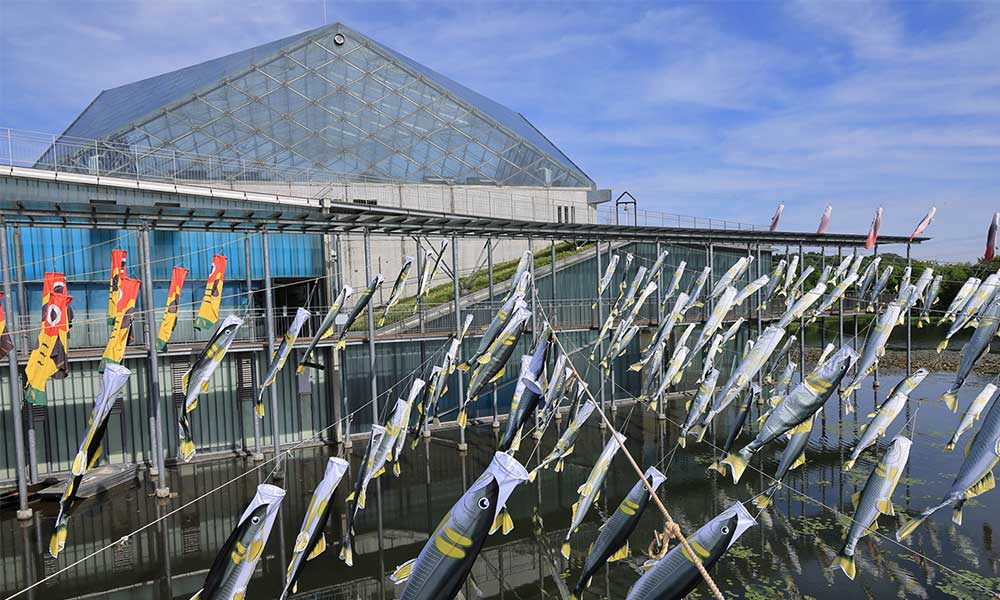
Otawara City offers diverse housing options, including apartments, houses, and condos, to suit various lifestyles.
According to information on a real estate information website, the average rent in the city for a newly built apartment within a 10-minute walk from the station is about 50,000 yen for a 1K apartment and 64,000 yen for a 2K apartment. The average land price per tsubo is about 60,000 yen per tsubo.
Detached houses are the norm in Otawara, but there are also apartment complexes and condominiums. There are detached residential areas that spread out in the suburbs, and apartment complexes located in the city center.
Otawara city is an area rich in nature, with an abundance of mountains and rivers. In particular, the Nasu mountain range and lakes and marshes are spread out around Otawara city, making it possible to live in an environment blessed with nature.
There is a risk of natural disasters due to geographical and meteorological conditions. In particular, in mountainous areas, the risk of landslides and other disasters must be taken into consideration.
How is childcare and education in Otawara City?
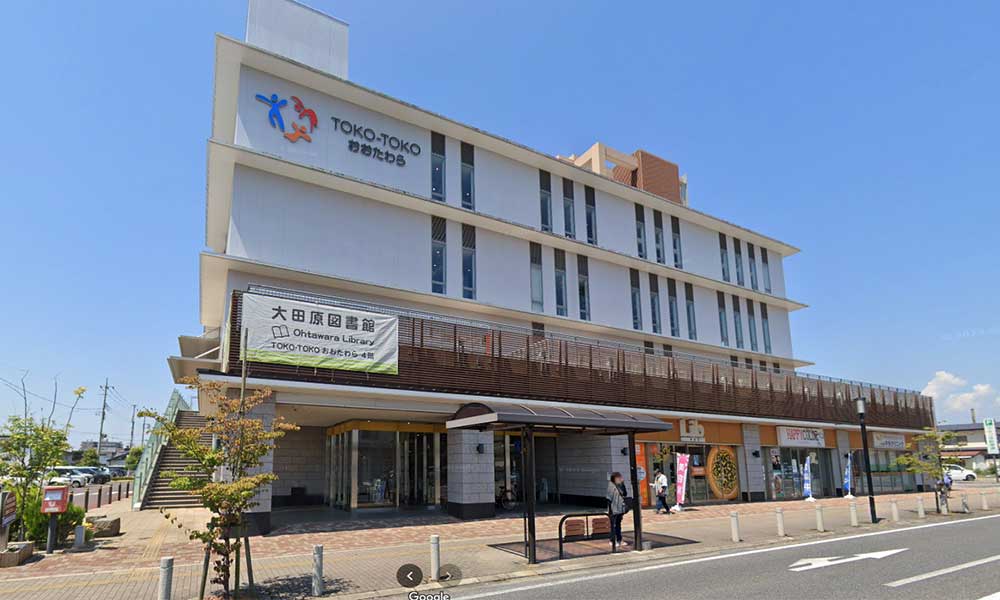
Otawara City offers many childcare facilities, schools, and vibrant community events.
In Otawara City, there are 10 nurseries, 7 kindergartens, 20 elementary schools, 9 junior high schools, 4 high schools, 2 junior colleges/universities, and 1 vocational school.
The Child Medical Expense Subsidy Program provides full assistance for medical expenses for children under 18 years old (up to March 31 after turning 18), covering both outpatient and inpatient care.
Child allowances are provided as follows: ¥15,000 for children under 3, ¥10,000 for the first and second child from age 3 to before elementary school, ¥15,000 for the third child and beyond, and ¥10,000 for junior high school students.
Otawara City has its own comprehensive support systems.
The Childbirth Celebration Grant Program provides a ¥50,000 grant to households with a third child or more born within the city.
The Pre-Mama Class offers consultation and various courses on childbirth and parenting, facilitated by public health nurses and midwives for pregnant individuals and their families.
The Infant Home Visit Program (Hello Baby Program) provides home visits by public health nurses to households with infants for parenting consultations and information.
The Child-Rearing Support Helper Dispatch Program sends service providers to assist families with pregnant individuals or those recovering from childbirth who need help. This program caters to households with pregnant individuals or children under four months, offering about two hours of support during weekdays for childcare and meal preparation at a relatively low cost.
The Children’s Future Center in Otawara City is a complex facility that supports child-rearing families, providing various events, classes, and play areas. Inside, there is “Waku Waku Land,” a playroom with large and age-appropriate play equipment, “Kids Town,” equipped with tools for pretend play, and “Parent-Child Interaction Kitchen,” where families can participate in cooking classes together.
Additionally, the Temporary Nursery Center provides temporary childcare for infants and young children up to preschool age, available for emergencies or urgent situations faced by parents.
There are generous allowances and subsidies for children. There are also many childcare support facilities, so you can feel at ease.。
In many areas, schools are located far away, and commuting to school tends to take a long time.
How about shopping in Otawara City?
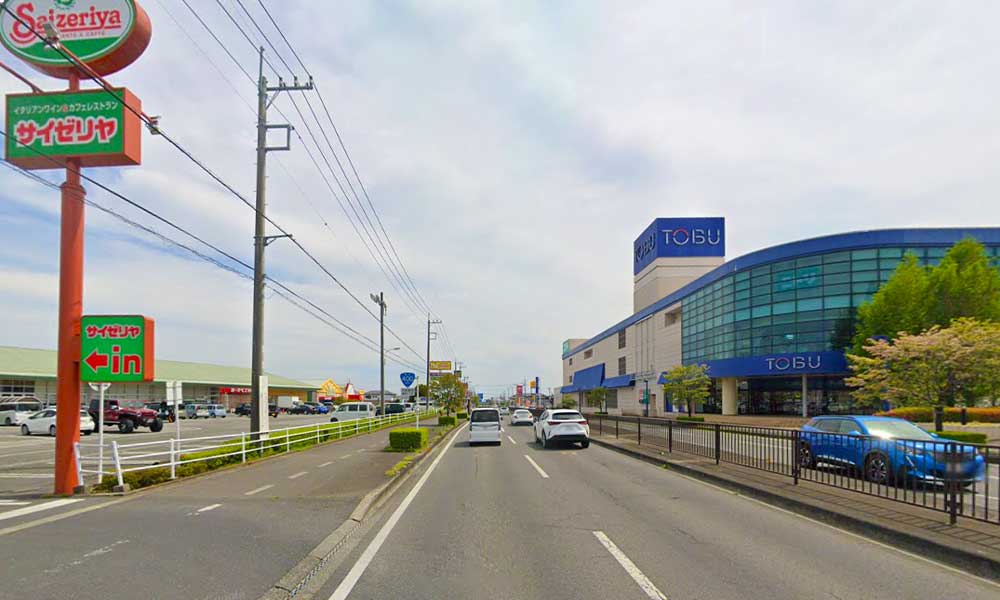
Otawara City is a city with an abundance of shopping facilities, from department stores to supermarkets.
Otawara City offers a variety of shopping facilities, including department stores, supermarkets, and roadside stations.
The Tobu Otawara Store is a long-established department store located about 15 minutes by bus from Nishinasuno Station. It is beloved by locals for its wide range of high-end clothing, goods, and gourmet products.
The Nasuno Yoichi no Sato Roadside Station is named after the legendary warrior Nasuno Yoichi, who is said to have flourished in the late Heian period and built a castle in this area. This roadside station offers local specialties, such as gelato and croquettes made with the city’s famous chili peppers, as well as fresh agricultural products and souvenirs.
Additionally, Otawara City has about seven supermarkets, including Daiyu and York Benimaru.
There are a variety of shopping facilities available, from department stores to roadside stations, so you can make use of them in different ways.
There are no large shopping malls, and there are few shopping spots for young people to enjoy.
How about jobs and recruitment in Otawara City?
Otawara City is a city with a thriving agricultural and tourism industry, with a wealth of jobs in the medical and service industries.
The average annual income in Otawara is 3,050,000 yen.
Otawara is conveniently located 150km from the Tokyo metropolitan area, and many of its locations have relatively strong ground. Its waterfront location makes it easy to bring in industrial water, and it has long developed as a rural industrial area.
The manufacturing industry accounts for a large proportion of the industry, with many industrial parks scattered throughout the city.
The majority of companies are in the medical and communications equipment industries, and the area is blessed with many employment opportunities.
Otawara City has strong ties with the local community, so there are many community-based jobs available. There is a demand for jobs related to the lives and welfare of local people, such as caregivers, childcare workers, and support staff for community welfare activities.
If you commute to a city center, your commute time and transportation costs may increase.
Otawara City, Tochigi’s unique subsidy/subsidy system
Otawara City, Tochigi’s unique relocation assistance and relocation subsidy system
| Otawara City Relocation Support Fund Migration experience facility |
Otawara City, Tochigi’s unique housing assistance and subsidy system
Otawara City, Tochigi’s unique childcare support system
Otawara City, Tochigi’s unique system for further education and tuition assistance/subsidies
| School attendance assistance system scholarship Otawara City Scholarship Repayment Exemption System |






